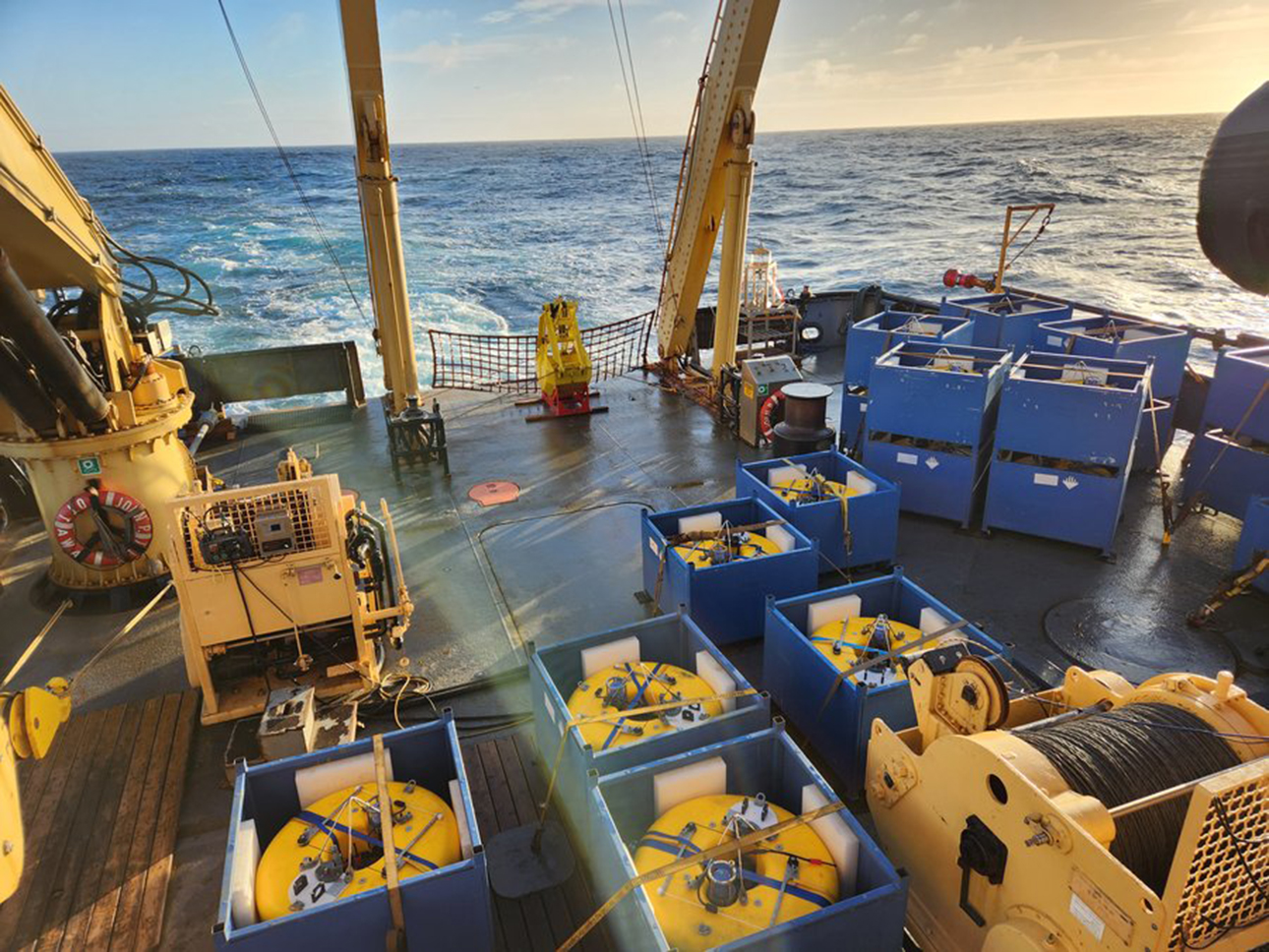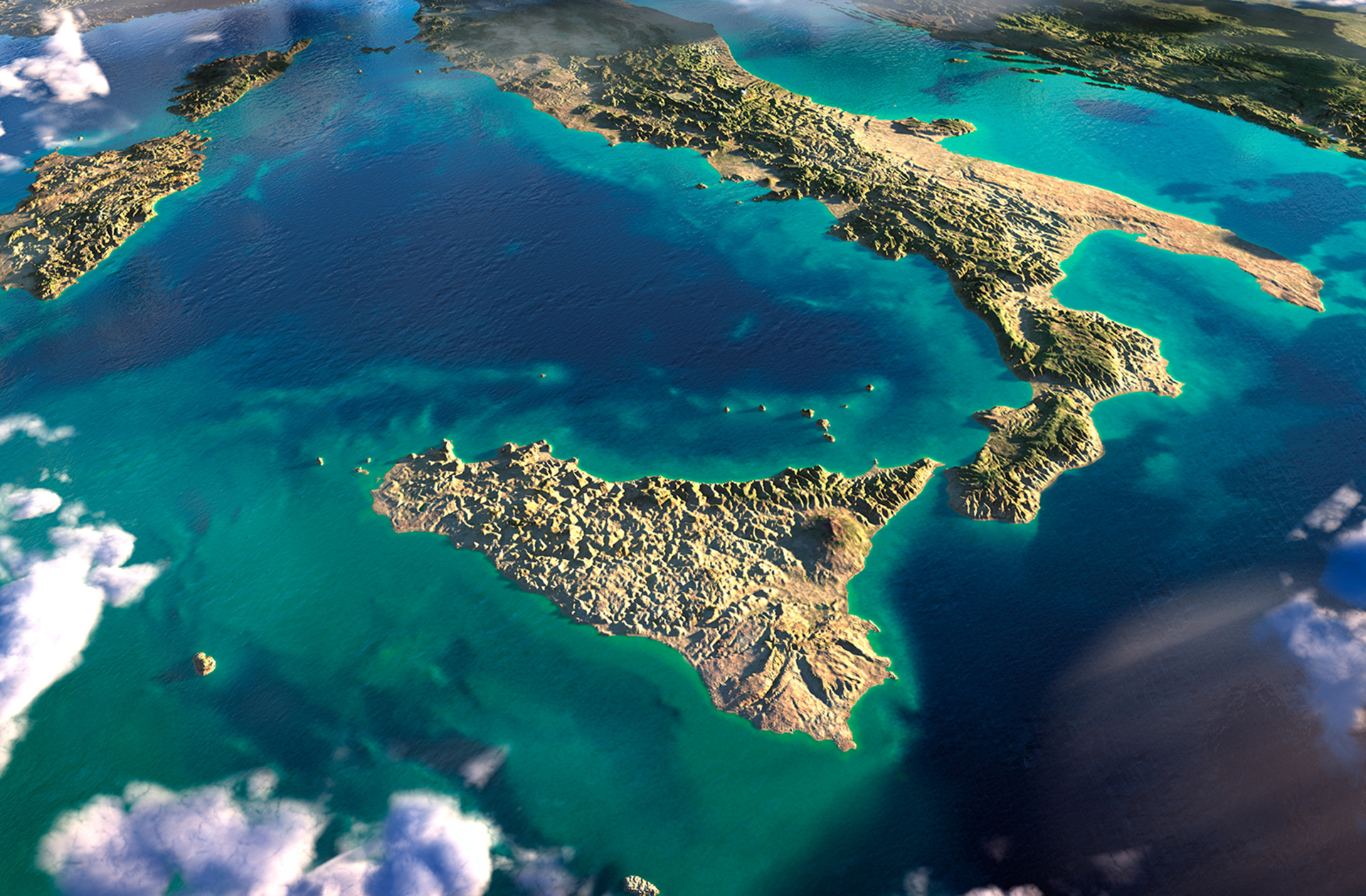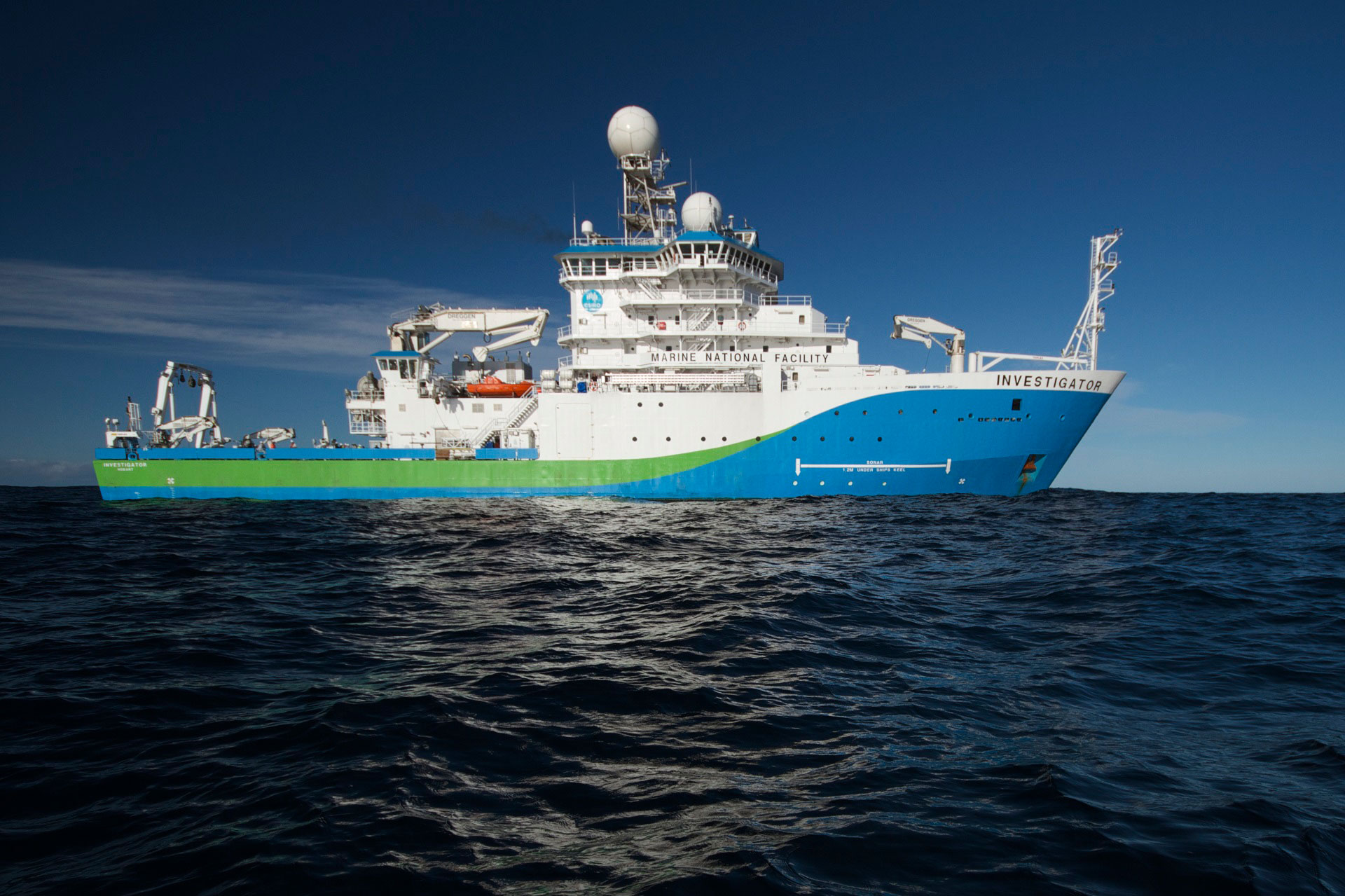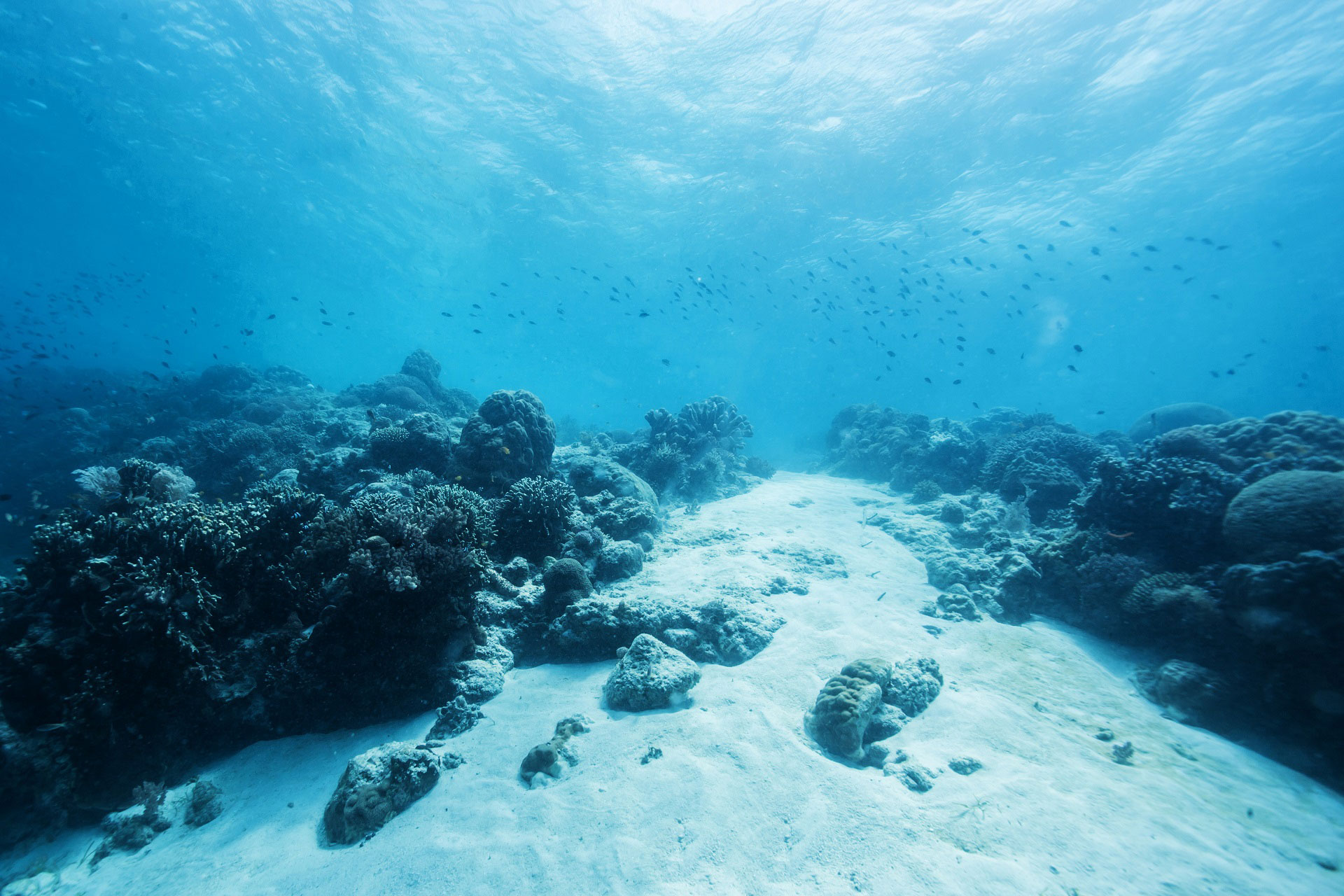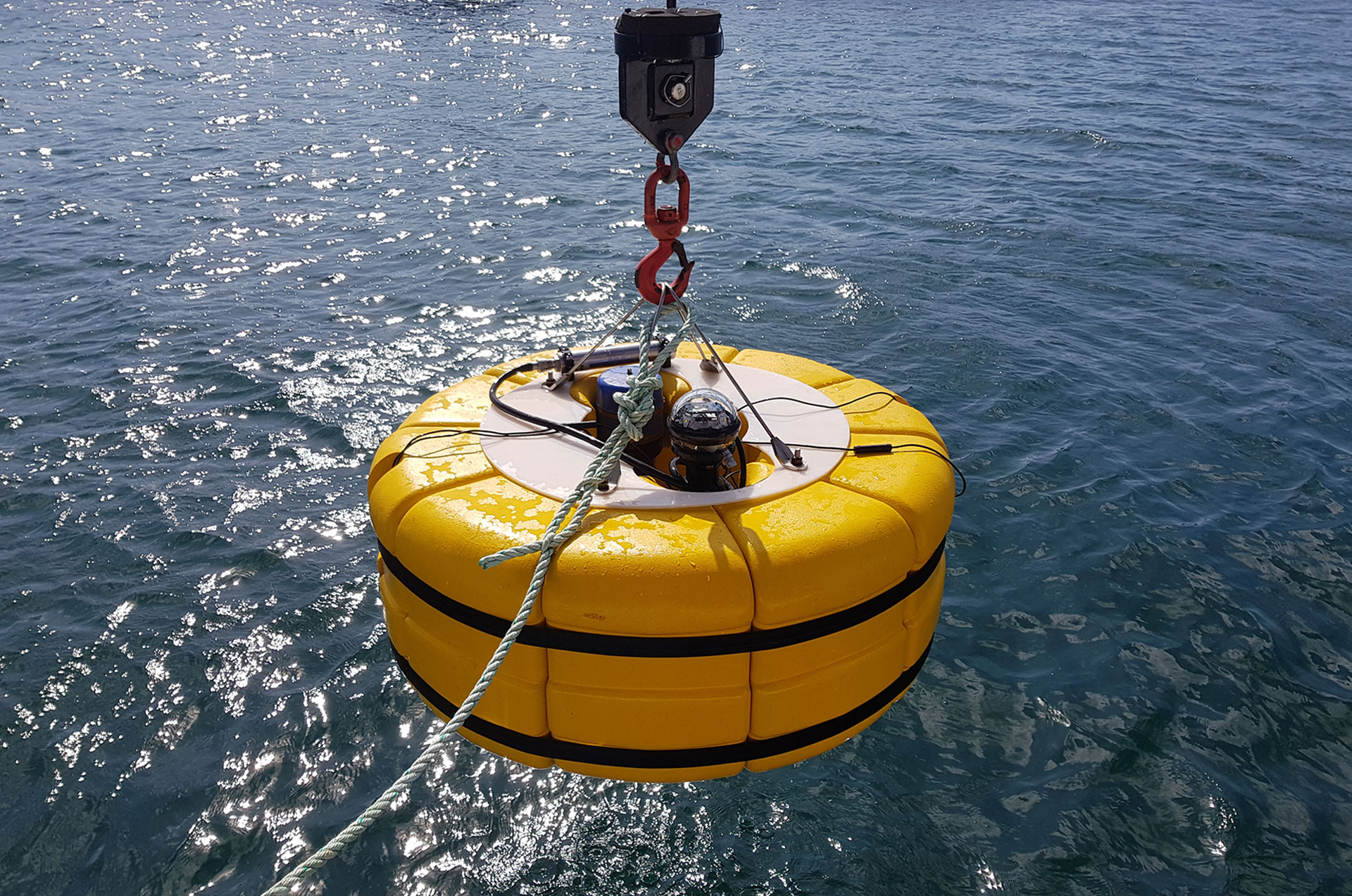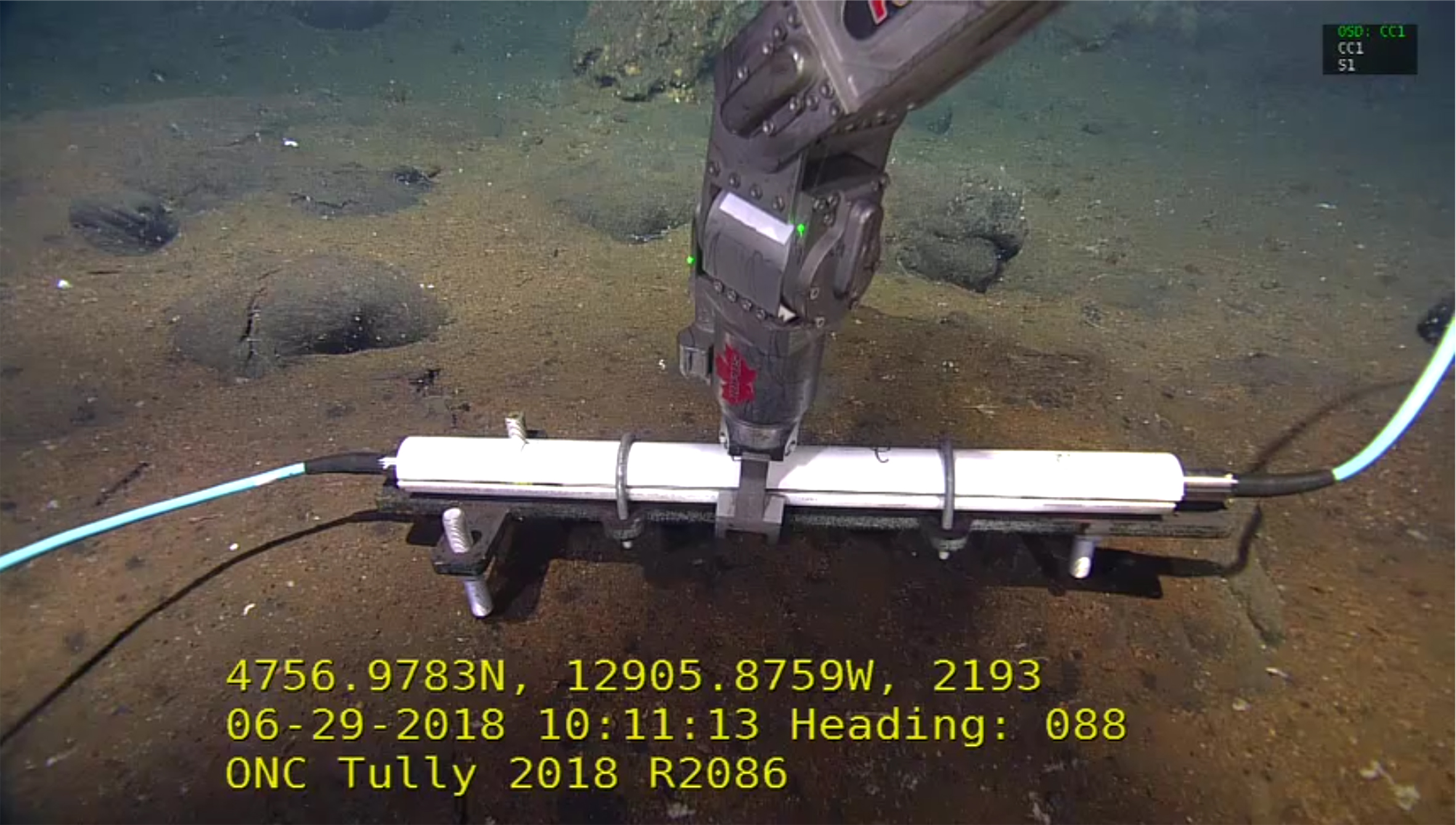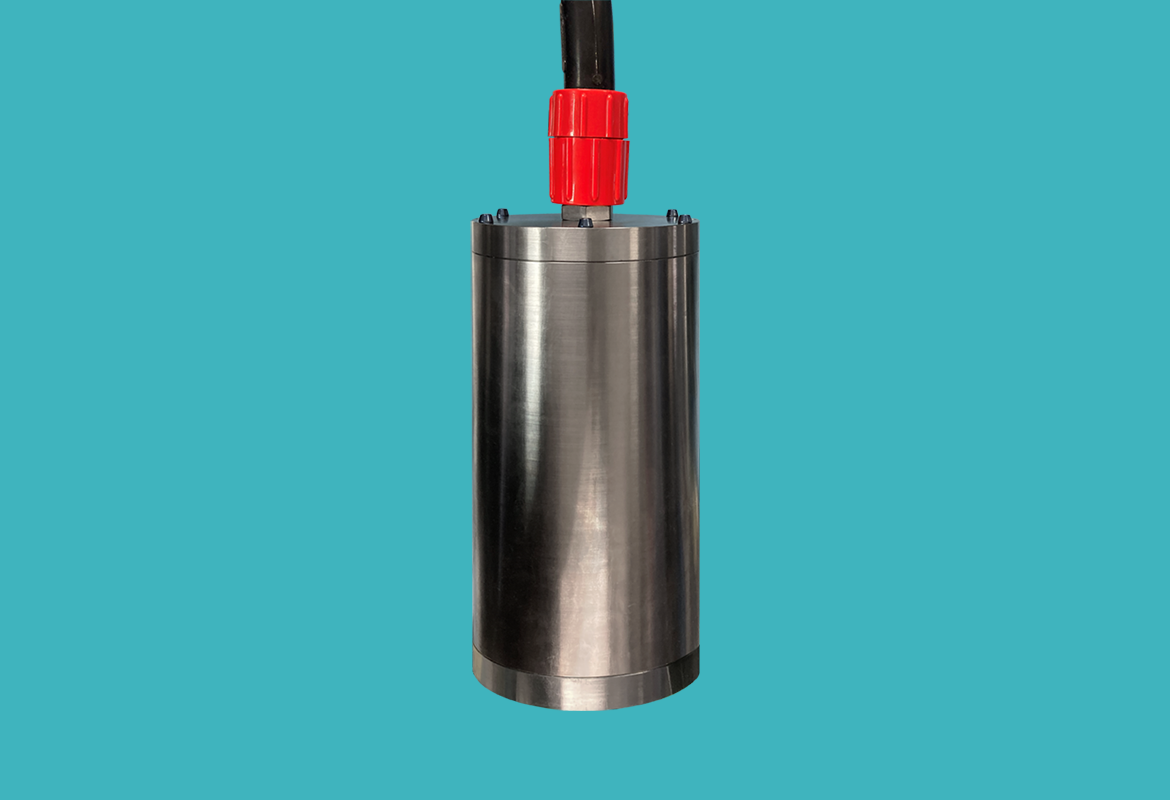
FREE-FALL OBS APPLICATIONS
- Local and regional seismic research
- Energy exploration
- Carbon storage
- Noise surveys
- Aftershock monitoring
- Earthquake/Tsunami Early Warning
- Instrument pools
CABLED OBS APPLICATIONS
- Real-time data streaming
- Cable to shore or cable to buoy systems
- Local, regional and teleseismic monitoring
- Earthquake/Tsunami Early Warning
- Volcanic monitoring

A medium-motion OBS module, operational at any angle, designed to meet the project depth requirements
- Option to output to analogue or digital feeds or both
- Operates at any angle without the use of a gimbal
- Wide frequency response of 120 s to 100 Hz with seven adjustable long-period corner settings including 20, 30, 60 and 100 seconds
- Serial output streams instrument serial number, response and calibration parameters
- The Certis OBS is housed in a compact and low power subsea vessel measuring just 130 mm diameter by 200 mm height with just 350 mW power consumption at 6.0 V
View our OBS brochure:

